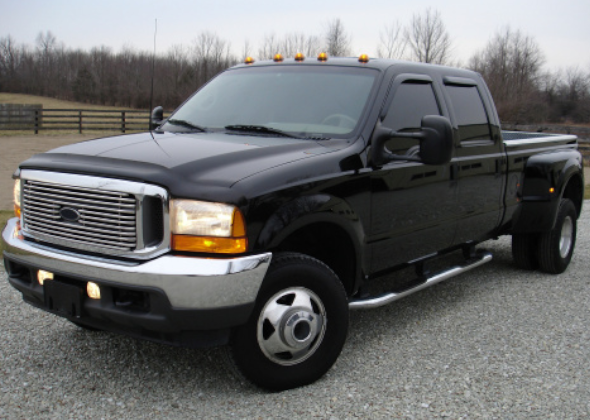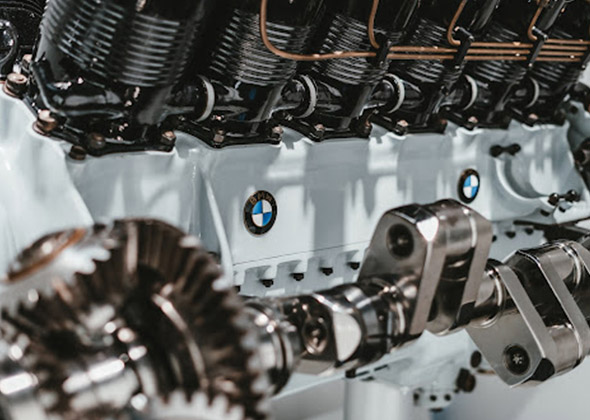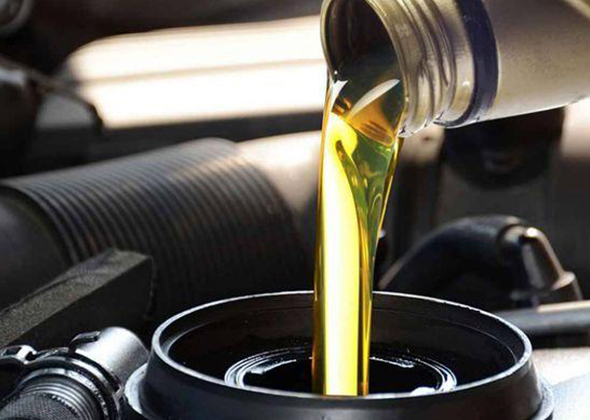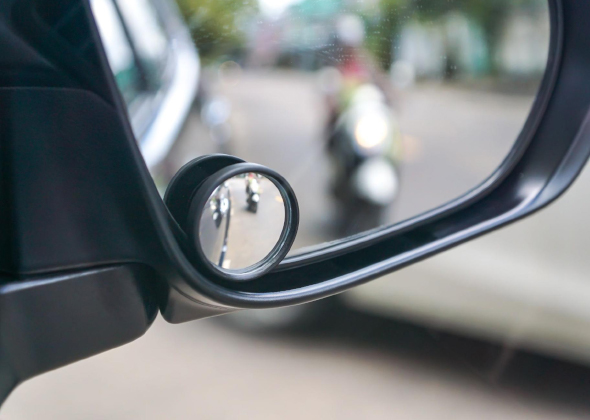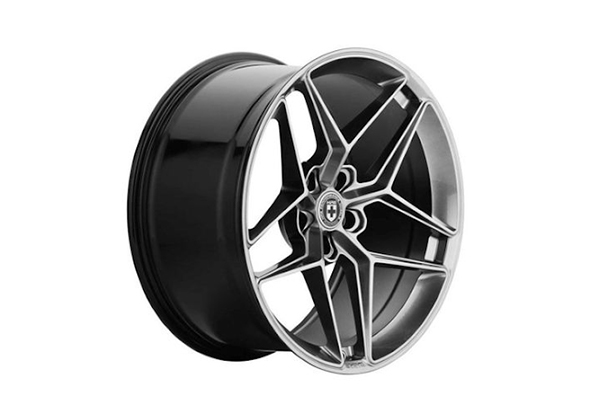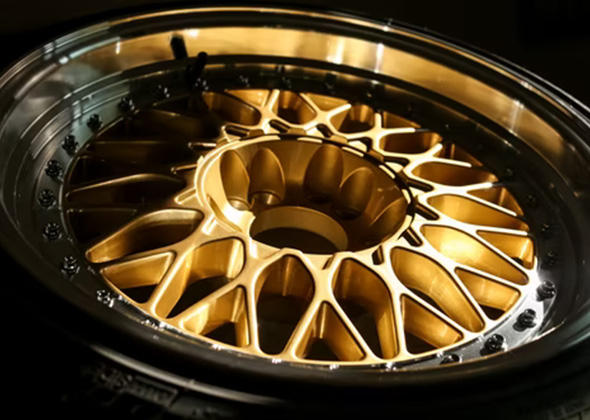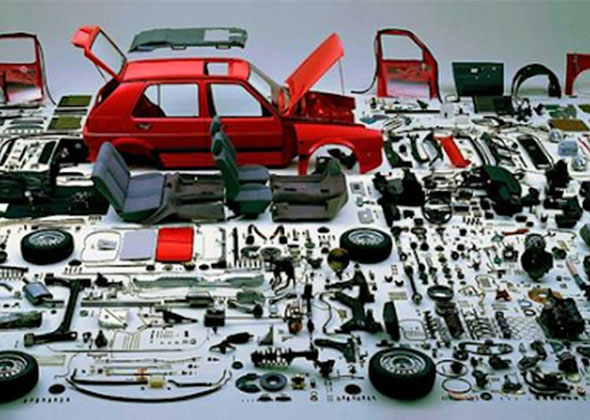A car engine, like a human, requires energy to move. In actuality, the engine’s primary function is to use a spark to convert energy from fuel into power to move. To generate movement, this internal combustion produces tiny, confined explosions.
While many of us think of the engine as a single unit, it is actually made up of multiple different components that work in tandem.
Some of these automobile engine parts’ names may be familiar to you, but it’s crucial to understand what they do and how they interact with other components in the engine.
Here is a complete engine parts guide for you to know about cars and their engines and other parts before starting a business.
Engine Block
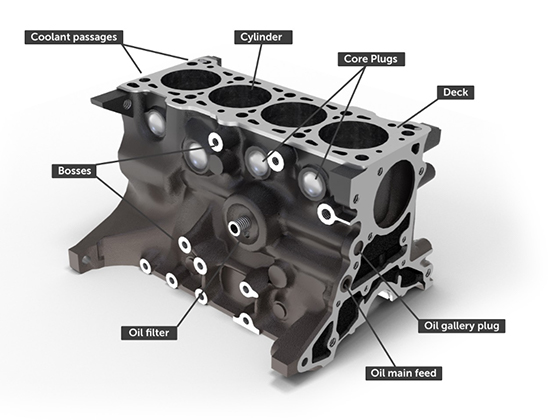
Wondering what is engine block? This is the engine’s basic core. It’s usually composed of aluminum or iron and has many holes to keep the cylinders contained as well as allow water and oil flow routes to keep the engine cool and lubricated.
Water flow pathways are narrower than oil flow paths. The pistons, crankshaft, camshaft, and between four and twelve cylinders, depending on the vehicle, are all housed in a line, also known as inline, flat, or in the shape of a V, in the engine block.
The engine block, often known as a cylinder block, includes all of the essential components that make up a motor’s bottom end.
This is where the crankshaft spins and also the pistons move up and down within the cylinder bores, fueled by the combustion of the fuel. It also holds the camshaft in some engine types.
On current cars, older vehicles, and trucks, it was typically composed of an aluminum alloy. Its metal design offers its strength and the capacity to efficiently convey heat from the combustion processes to the inherent cooling system.
For the piston bores, aluminum blocks often have an iron sleeve pressed into them, or a particular hard plating put to the bores after machining.
The cylinder bores, the water-cooling jacket, oil passageways, and the crankcase were originally housed in a metal block.
This so-called “water jacket” is an empty system of channels that circulates the coolant in the engine block. The water jacket protects the pistons in the engine’s cylinders, which are commonly four, six, or eight in number.
The pistons travel up and down within the cylinders and turn the crankshaft, which drives the wheels, once the cylinder head is fastened to the top of the engine block.
The oil pan is located at the bottom of the engine block and serves as a reservoir for the oil pump to draw from in order to feed oil to the oil passageways and moving parts.
Cylinder and Parts
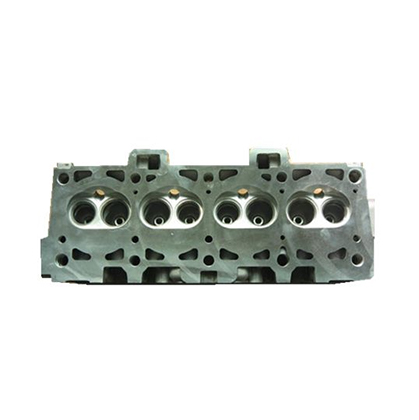
A cylinder head is often found on top of the engine block. Components such as the intake and exhaust valves, springs and lifters, and the combustion chamber are all housed here.
The fundamental purpose and numerous designs of cylinder heads, as well as their causes and symptoms of failure, are covered on this page.
The cylinder head has openings that allow air and fuel to circulate inside the cylinder while allowing exhaust gases to exit. Ports or tracts are additional names for the routes.
The coolant is also channeled via the cylinder head into the engine block, cooling the engine components. A gasket is used in the cylinder head to prevent water or oil from leaking into the combustion chambers.
- Flathead Cylinder Heads: The original cylinder heads were flatheads. Flathead cylinder heads have no moving parts and only serve to protect the cylinder block. Because these cylinder heads do not allow for effective air movement, the engine performs poorly.
- Overhead Valve Cylinder Heads: These cylinder heads outperform flathead cylinder heads. The camshafts are located above the valves in overhead valve cylinder heads. The pushrods and valves on these heads are coupled to create a smooth airflow.
- Overhead Camshaft Cylinder Heads: These cylinder heads are the most advanced. The camshafts in overhead camshaft cylinder heads are housed within the cylinder head, eliminating the need for pushrods. This improves airflow, which boosts the engine’s efficiency.
The cylinder head permits the engine to work to its full potential by connecting to the intake and exhaust manifolds, allowing for the fast combustion of fuel and air that propels the engine’s pistons.
The intake manifold sends air into the head, where it combines with fuel to produce exhaust gases that exit through the exhaust manifold.
To keep the engine running smoothly, the intake and exhaust valves, which allow the entry and exit of relevant gases, must open and close at the precise periods.
Piston
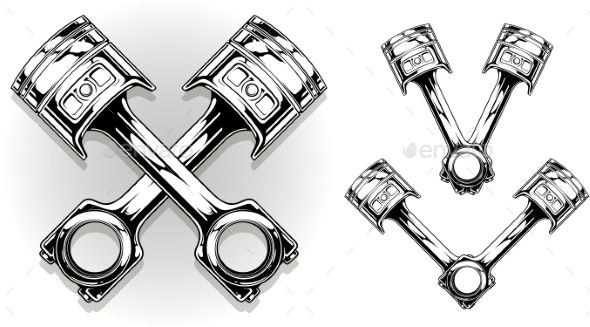
A piston is a disc or short cylinder that fits tightly into an engine cylinder and pushes up and down against a liquid or gas to generate motion in an internal combustion engine or to impart motion in a pump.
A piston can be found in reciprocating engines, pumps, hydraulic, and pneumatic cylinders, among other things. It’s the moving part that’s encased in a cylinder and sealed with piston rings.
The purpose of a piston rod and/or connecting rod in an engine is to transfer force from the expanding gas in the cylinder to the crankshaft.
In four-stroke automobile engines, the intake, compression, combustion, and exhaust processes occur above the piston in the cylinder head, causing the piston to move up and down within the cylinder and the crankshaft to rotate.
The function is reversed in a pump, and force is transferred from the crankshaft to the piston to compress or discharge the fluid in the cylinder. In some engines, the piston also serves as a valve by covering and revealing cylinder openings.
Engine components must be both durable and lightweight in order to be efficient. As a result, automotive piston manufacturers often make pistons of aluminum alloy, whereas piston rings are cast iron or steel.
Oil Filter
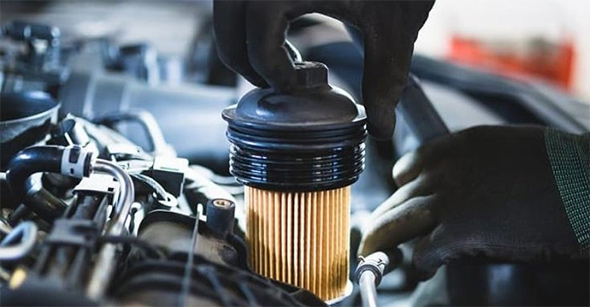
Waste is also removed by the car’s oil filter. It maintains the car’s engine operating smoothly by catching harmful particles, dirt, and metal fragments in the engine oil.
Without an oil filter, dangerous particles might enter the engine’s oil and cause damage. Filtering out the garbage ensures that the engine oil remains cleaner for longer. Hence, it’s essential to select automotive oil filter manufacturers wisely.
Air Filter
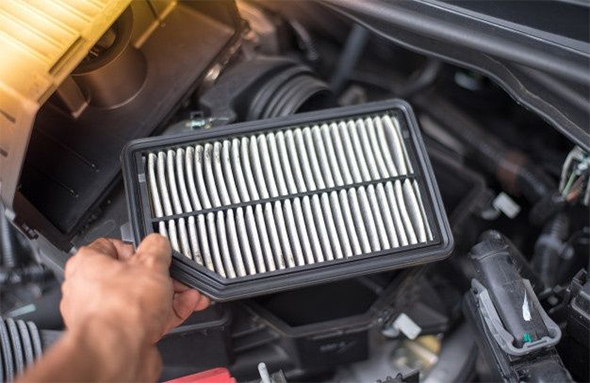
In a car, the intake manifold is the component of the engine that distributes airflow between the cylinders. An intake manifold frequently houses the throttle valve and accompanying components.
An intake manifold in some V6 and V8 engines can be made up of numerous independent sections or pieces.
The intake air passes through the air filter, the intake boot (snorkel), the throttle body, the intake manifold plenum, the runners, and the cylinders. The throttle valve (body) adjusts the quantity of airflow to control the engine rpm.
Starter Motor
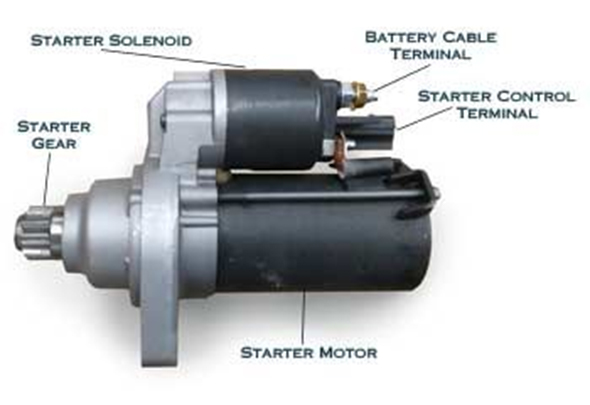
A starting motor is a small electric motor that starts the car engine when the key is turned on. To accomplish this, the starter motor must generate a lot of power in order to crank the engine at such high rates and pull fuel and air into the cylinders while compressing them simultaneously.
The engine turns over and then cranks when the car is started with the key. The most difficult component is getting the engine to crank, which requires a constant supply of air into the engine, which is achieved through suction.
Failure to turn over is a typical problem with automobiles. This is mainly caused by a shortage of air, which prevents the fuel from burning.
The starting motor’s job is to turn the engine over when the ignition is turned on. The starting motor engages after successful ignition, turning the engine over and allowing air to suction.
The flywheel is located on top of the engine. A ring gear attached to the flywheel’s edge is fastened to the crankshaft’s end. The starter motor has a pinion that fits into the ring gear’s grooves.
The magnetic inside the car’s body engages and pushes out the rod connecting to the pinion when the ignition is turned on.
Crank Shaft
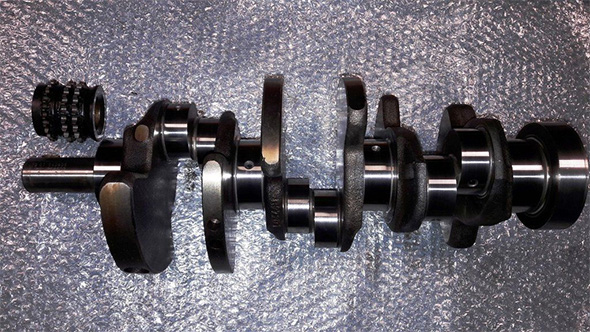
A crankshaft is a shaft that is driven by a crank system, which is made up of a series of cranks and crankpins to which the connecting rods of an engine are attached. It’s a mechanical device that can convert reciprocating motion into rotating motion.
The major function of this connecting rod is to absorb the piston’s reciprocating motion and transmit it to the crankshaft. When the connecting rod moves the crankshaft, it converts the action into rotary motion and turns the flywheel, which continues to move the vehicle wheels.
A reciprocating piston engine cannot transmit piston reciprocating movement to the drive shaft without a crank.
Without a crankshaft, a reciprocating engine cannot propel a vehicle.
A power cycle is followed by various engines with varying numbers of crankshaft revolutions. A 2-stroke engine, for example, completes a power cycle after one revolution of the crankshaft, whereas a 4-stroke engine completes a power cycle after two revolutions of the crankshaft.
The main parts of the car engine crankshaft are:
- Crankpin
- Main journals
- Crank web
- Counterweights
- Thrust washers
- Oil passage and oil seals
- Flywheel mounting flange
Camshaft
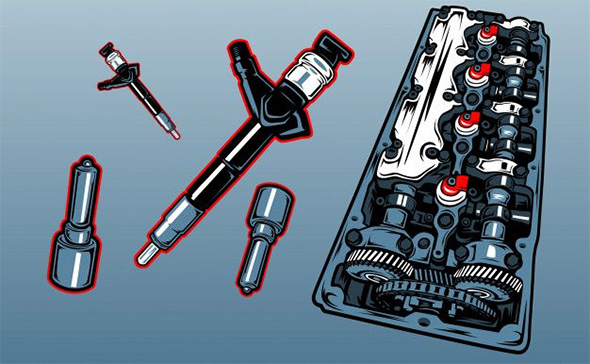
A camshaft is a rotating component that consists of a basic rod or shaft, usually made of metal, with ‘cam lobes’ that transform rotary action into reciprocating motion.
When the shaft is spun, the cam permits it to act on a valve or switch to the extent of its shape, with the rate of rotation dictating the rate of action.
Camshafts are employed as speed controllers in internal combustion engines to operate the intake and exhaust valves, as well as in manually controlled ignition systems and early electric motors.
Camshafts in automobiles are made of steel or cast iron and play an important role in establishing an engine’s power band’s RPM range.
A camshaft is a rod that spins and slides against a machine in order to transform rotational action into linear motion. This motion shift is achieved by the camshaft moving closer and nearer to the plane of spin as the machine pushes it.
A camshaft on an internal combustion heat engine is a mechanism that controls both fuel intake and exhaust gases. It is made up of numerous radial cams, each of which displaces an intake or exhaust valve.
This camshaft is linked to the crankshaft by means of a belt, chain, or gears. This guarantees that the valves are consistently timed in proportion to the velocity of the pistons.
Crank Case
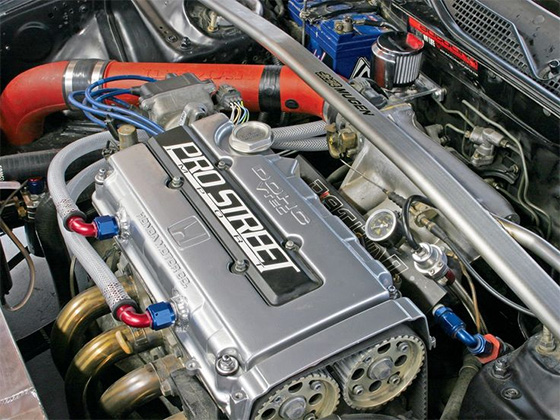
In a reciprocating internal combustion engine, the crankcase houses the crankshaft.
Crankcase compression is common in two-stroke engines, which means the fuel/air mixture passes through the crankcase before entering the cylinder (s). The crankcase does not have an oil sump in this engine design.
The majority of the engine’s oil is retained within the crankcase in four-stroke engines, which typically have an oil sump at the bottom of the crankcase.
In a four-stroke engine, the fuel/air combination does not flow into the crankcase, but a tiny amount of exhaust gases from the combustion chamber frequently enter as “blow-by.”
In most engines, the crankcase forms the bottom half of the main bearing journals (with the bearing caps comprising the other half), but in certain engines, the crankcase entirely surrounds the main bearing journals.
Connecting Rod
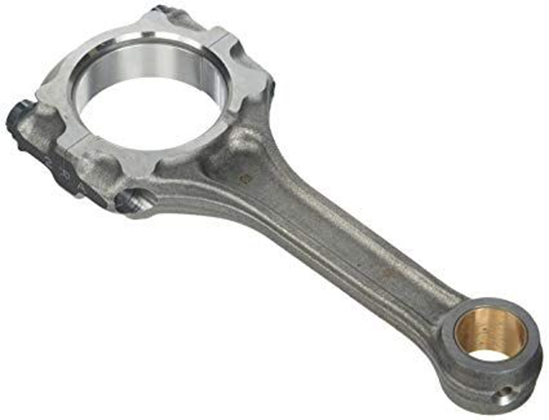
A connecting rod connects the piston to the crankshaft in a piston engine. The connecting rod. in conjunction with the crank, converts the piston’s reciprocating action into crankshaft rotation.
It allows pivoting on the piston end and rotation on the shaft end in its most typical configuration in an internal combustion engine.
A mechanical connection employed by water mills to transform the spinning action of the water wheel into reciprocating motion is the forerunner to the connecting rod.
Engine Valves
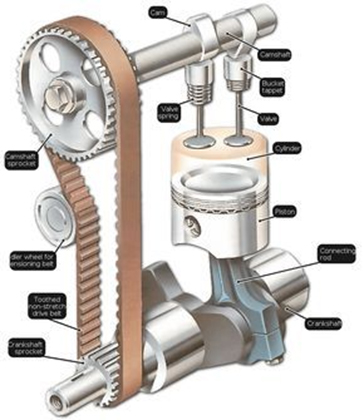
Engine valves are structural components of intrinsic combustion engines that enable or limit the flow of fluid or gas to and from the combustion chambers or cylinders throughout the activity.
They function similarly to many other types of valves in that they block or allow flow, but they are solely mechanical devices that interact with other engine components such as rocker arms to open and close in the proper sequence and with the proper time.
The word engine valve can also refer to a type of check valve used in car emission control and exhaust gas recirculation systems for air injection. This page will not discuss this sort of engine valve.
Engine valves are found in a wide range of combustion engines, including those that run on gasoline, diesel, kerosene, natural gas (LNG), or propane (LP). The number of cylinders, which are the combustion chambers that generate power from the ignition of the fuel, differs amongst engine types.
An overhead valve (OHV) engine is a piston engine with valves placed above the combustion chamber in the cylinder head. Earlier flathead engines had valves situated below the combustion chamber in the engine block, which was chevalier.
In a typical OHV engine, the camshaft is positioned in the engine block. The camshaft’s motion is communicated to the valves at the top of the engine through pushrods and rocker arms.
Timing Belt
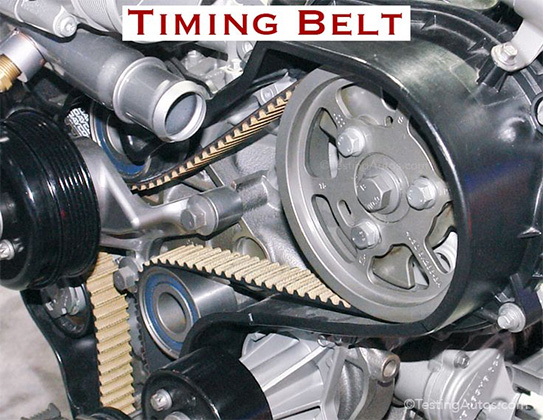
Timing belts, also known as cambelts are critical for keeping internal combustion engines operating. The timing belt’s duty is to synchronize the rotation of the crankshaft and camshaft, and if both are in sync, the vehicle’s pistons and valves will perform properly.
This is crucial since the vehicle’s valves control the intake and exhaust of the fuel/air mixture, as well as push the pistons down as the fuel ignites in the combustion chamber. So, whether it’s driving a brand-new automobile or an older vehicle, it is important to make sure that the timing belt is in good operating order.
The timing belt is placed in front of the engine of the vehicle. It’s comprised of a tough rubber substance with nylon-reinforced cords.
The timing belt’s lifespan can thus be extended.
The timing belt is put under a lot of stress while moving inside the engine, and as a result, it wears out quickly. As a result, the timing belt will need to be replaced on a regular basis as determined by any car oil filter manufacturer.
It can cause a lot of expensive harm to the engine if the timing belt wears out and isn’t repaired.
The cost of a timing belt replacement is determined by the number of hours spent on the replacement order. After all, some components, such as the timing belt, are far more difficult to access in some vehicles.
Because economical cars with small engines are easy to remove, the work needed should be less expensive.
Ignition System

An ignition mechanism must ignite the mixture of air and fuel inside the cylinder at precisely the appropriate time. Finally, an electrical system is necessary to power the engine’s accessories as well as operate the cranking motor that starts the engine.
The component that generates this high voltage is the coil. When the distributor contact-breaker points open, it is an electromagnetic device that converts the low-tension (LT) current from the battery to the high-tension (HT) current.
The distributor is a metal bowl with the main shaft that is generally driven by the valve but can also be controlled by the crankshaft.
The contact-breaker points, rotor arm, and a device for changing the ignition timing are all housed in the bowl. It also has the distributor cap attached.
Spark Plugs
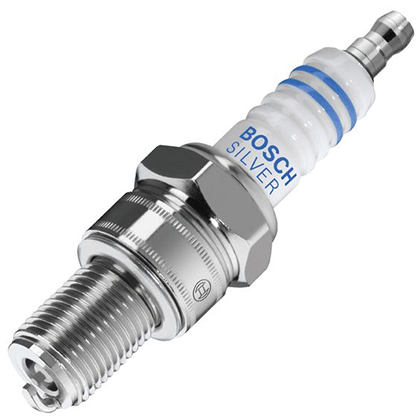
A spark plug, also called as a Sparking Plug, is a device with two electrodes that fits into the cylinder head of an intrinsic ignition engine.
It is separated by an air gap over which electricity from a high-tension ignition system discharges, forming a spark to ignite the air-fuel mixture.
The electrodes must tolerate high temperatures, and the insulator between them must withstand high temperatures as well as electric stress of several thousand volts. The energy of the spark is influenced by the length of the spark gap, and the working temperature is influenced by the shape of the insulator.
When the temperature is too low, carbonization and short-circuiting of the gap occur; when the temperature is too high, preignition may occur.
If the voltage supplied to the plug is high enough, electrical energy is delivered via the spark plug, leaping the gap in the plug’s firing end.
The gasoline/air mixture in the combustion chamber is ignited by this electrical spark. The plug is linked to the high voltage produced by an ignition coil or magneto.
A spark plug is an electrical device that inserts into the cylinder head of some internal combustion engines and uses an electric spark to ignite compressed aerosol gasoline.
Spark plugs have an insulated center electrode connected by a heavily insulated wire to an ignition coil or magneto circuit on the exterior, generating a spark gap inside the cylinder with a grounded terminal on the plug’s base.
Conclusion
Parts may begin to wear over time as a result of so many systems executing so many functions at such a high rate, leading the car to act differently.
Although automobile engines appear complex, their purpose is straightforward: to move the car ahead. Because there are so many components that work together to create motion, it’s critical that the vehicle is properly maintained to preserve its lifespan.
Oil changes, fluid flushes, and changing belts and hoses at the recommended intervals are all excellent ways to help avoid the unpleasant situation of an engine failure. If you are looking for a trusted auto engine parts supplier, contact Sunway right away.

